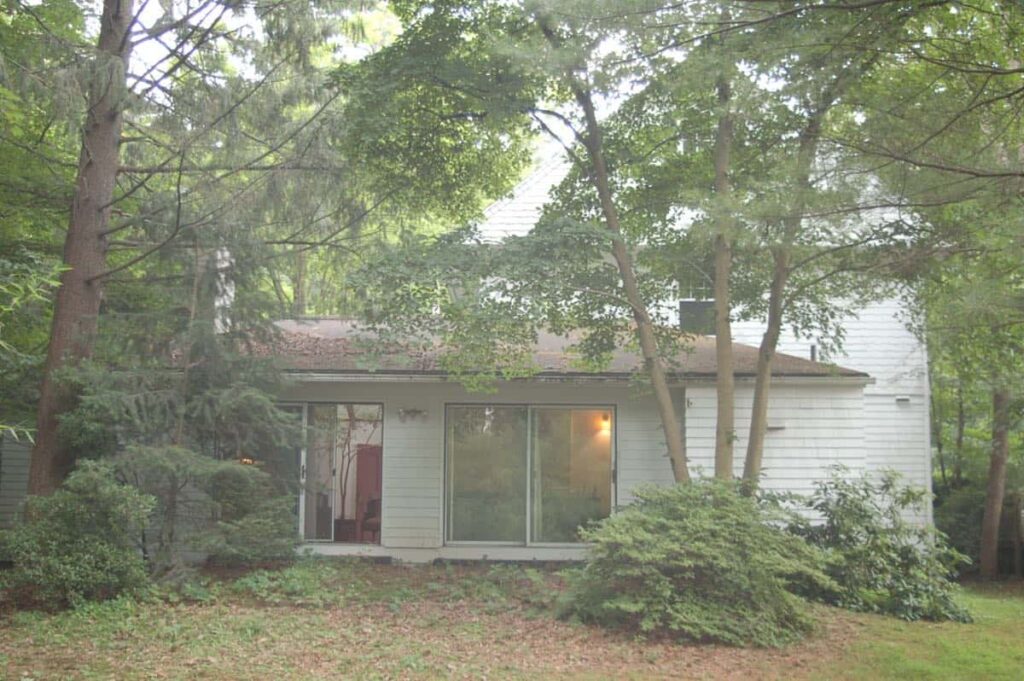Infected trees are an immediate concern, as they can spread disease and insects. Dead or leaning tree is also unsafe and pose a danger to people. If you’ve recently had to deal with these issues, it’s time to call a tree service.
Infected tree spread contagious diseases
Tree that are infected by contagious diseases can be dangerous because they will drop branches, which can in turn spread the pathogens to other trees nearby. Different tree species are prone to different diseases, so knowing which ones are at risk is important. In North Carolina, for example, emerald ash borers are a growing concern. To prevent spreading these diseases, you must monitor your tree carefully and take action early.
Dead tree is hazard
Dead tree is hazard, especially those that are near buildings and utility lines. Professional tree removal services should be contacted to safely remove dead trees and ensure the safety of people and property. There are many factors to consider before removing dead trees, including overall size, amount of debris, and the structural branching pattern.
Leaning tree is an issue that should be addressed as soon as possible. This kind of tree can cause injury and damage to property. They are especially dangerous during severe weather. The exposed roots and cracked soil are immediate dangers. If you suspect that your tree is leaning, you should contact a certified arborist for assistance.

Trees infected with forest diseases are not only a health risk for people, but they are also a huge burden on the environment. These trees not only produce less timber, but also reduce ecosystem services, such as water purification and carbon storage. Researchers are trying to find ways to prevent the spread of these diseases and improve forest recovery after outbreaks.
Infected trees are invasive
If you suspect that a tree has become infected, you need to get rid of it as soon as possible. Infected trees are extremely susceptible to wind breakage, so it is imperative to remove them immediately. The fungus affects many types of trees, including oak, ash, beech, and butternut.
Infected trees are in distress
Tree diseases usually develop slowly, and are often caused by bacteria or fungi. They can cause leaf spots, blights, yellowing leaves, and wilting. Understanding the symptoms of different types of tree diseases is crucial. Regular checks for peeling bark and dead twigs are important for identifying and treating tree diseases early.
Infected trees are leaning
If you have noticed that one of your trees is leaning and needs to be removed immediately, it may be due to a disease. Fungal decay can strip away the bark and layers of a tree, causing it to lose its strength and become lean. You might notice mushrooms growing on the trunk. A certified arborist can diagnose the problem and determine how to treat it.
Infected trees are crowded around each other
The signs of citrus blight include yellowing leaves and bark. The disease is caused by fungal mats that develop beneath the bark. These mats will eventually cause the bark to slough off. The affected area is black or tan, with a dark stripe that extends down the trunk. The sapwood turns tan to light brown, with a black border.